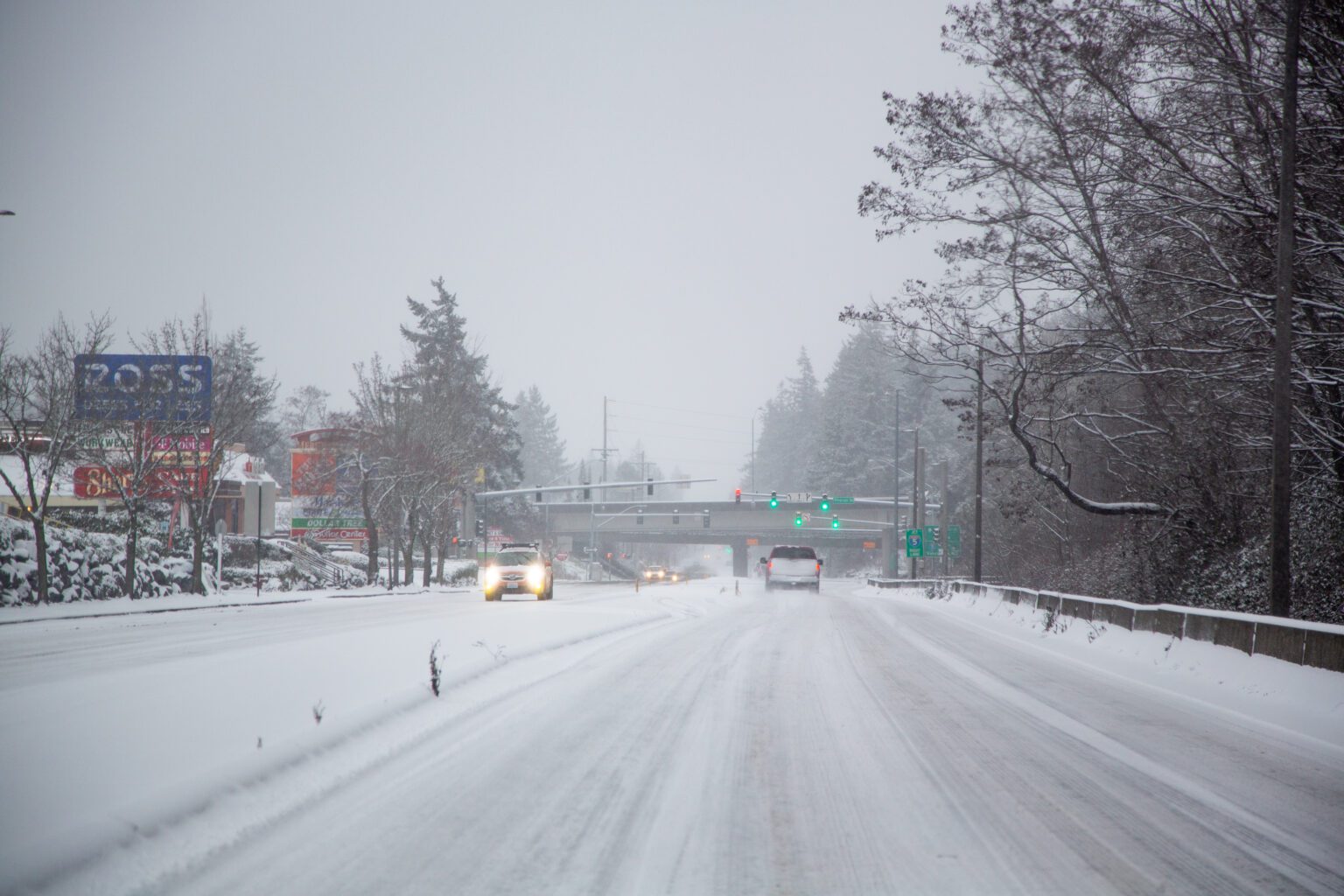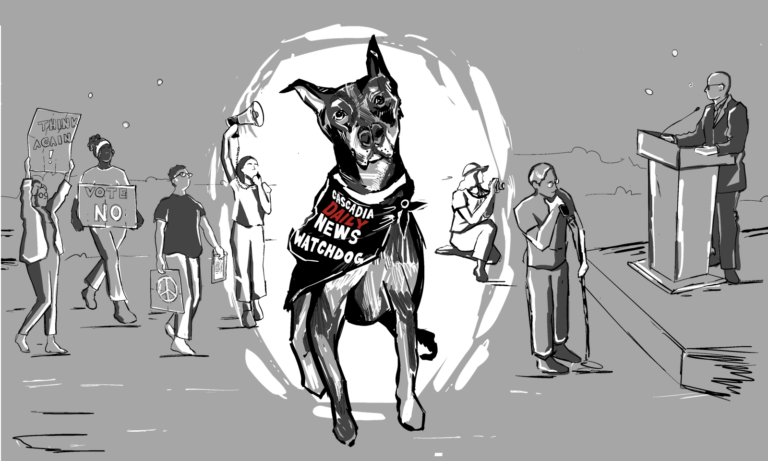The way citizens of Whatcom, Skagit and many other counties are alerted for certain weather events is slated for a major upgrade in coming months.
The National Weather Service’s office in Seattle is reforming its public zones: mappable areas of similar climate that NWS uses to issue alerts for heat, tsunami, wind, winter storm and freeze advisories.
Reid Wolcott, warning coordination meteorologist at the NWS Seattle office, said the reform aims to better reflect the fine-scale geographic differences within each county. These geographic differences, such as altitude, can affect local weather patterns.
For example: under the current system, Bellingham falls under the same zone as the Chuckanut Mountains (503), which means people in Bellingham receive winter weather advisories for snow falling on Interstate 5 in the mountains — even if conditions are much less severe in town.
“Now we have the ability to issue [advisories] for the Chuckanuts without alerting Bellingham, Blaine and other areas,” Wolcott said. “So it allows us more fidelity when it comes to issuing watches, warnings and advisories, which is going to be really nice.”
NWS used past climate data from weather stations around Western Washington supplemented with local expertise of their meteorologists to build the new zones. It’s a welcome change for Whatcom County, especially since no local weather stations offer forecasts tailored to the area. It’s also been in the works for a long time — the team in Seattle started on the revisions back in spring 2023. They are tentatively set to roll out before winter this year, “but March at the latest,” Wolcott said.
Since so many people use the weather data coming from NWS, a change of this magnitude is a massive undertaking. Many different organizations must approve and be brought up to speed with the changes, from media outlets to tsunami warning centers. Wolcott said it’s been more than a decade since the zones have changed this significantly.
“This is one of those things you don’t want to do every year,” Wolcott said. “Because there’s just so much work that goes into it, especially for such a drastic change.”

Public zones are not used for severe thunderstorm, tornado, or inland flood warnings, so citizens should not expect any changes with how those alerts are issued. Because thunderstorms and tornados are so highly localized, NWS Seattle draws new affected areas for those events as they occur. Wolcott did mention, however, that they may look into moving to a zone-based flood watch system in the future to better capture the effects of rivers.
Tweaks are sure to come as well, even after the release. No zoning system can be perfect, Wolcott said, so alerts for all weather types will continue to evolve as the prediction technology improves.
Feedback from citizens is also welcome. Questions or suggestions for future changes can be submitted to the NWS station in Seattle at: w-sew.webmaster@noaa.gov.
Ben Long is an environmental/science reporter, placed at CDN through the American Association for the Advancement of Science (AAAS) Mass Media Fellowship. Reach him at benlong@cascadiadaily.com.




